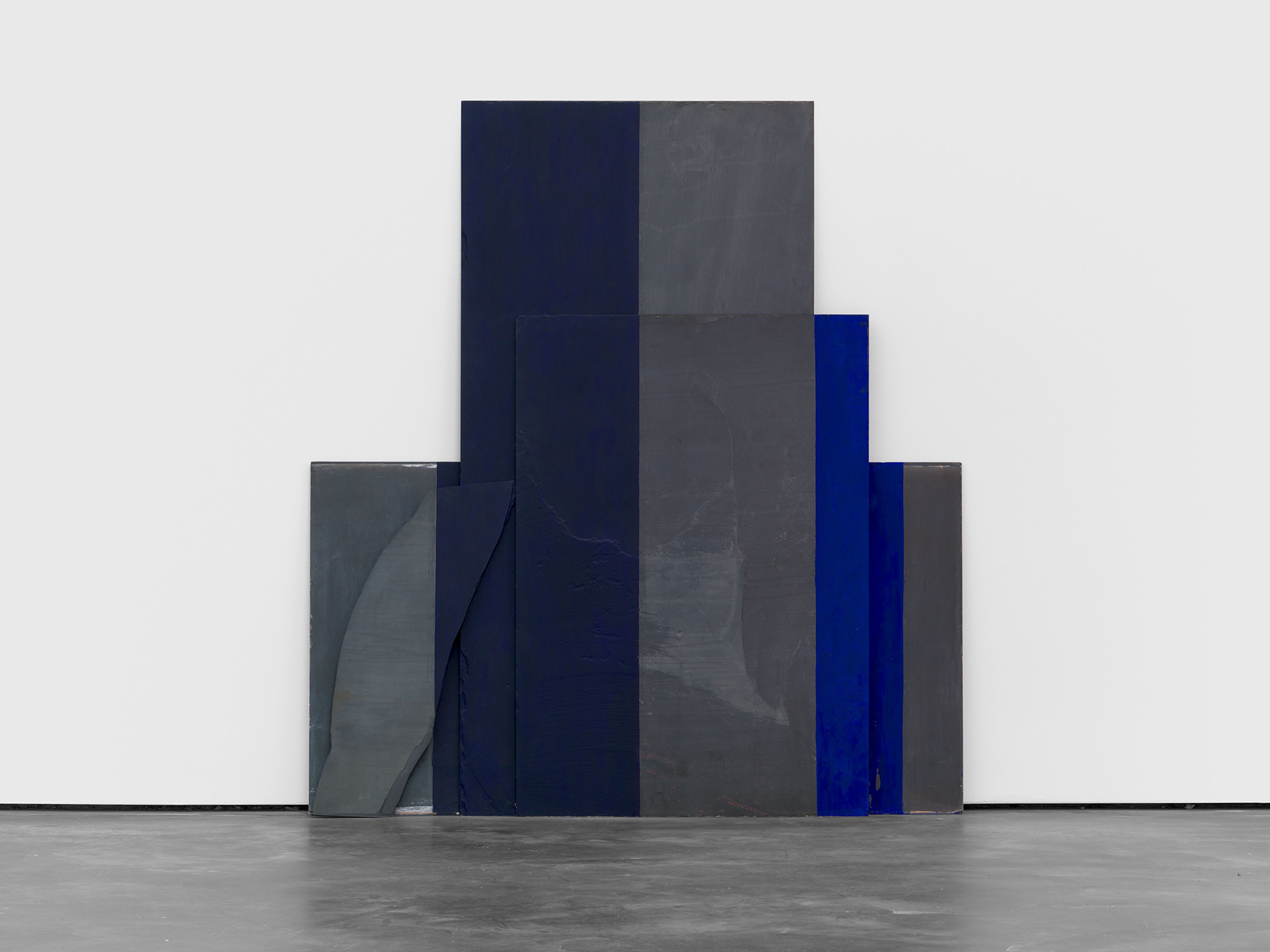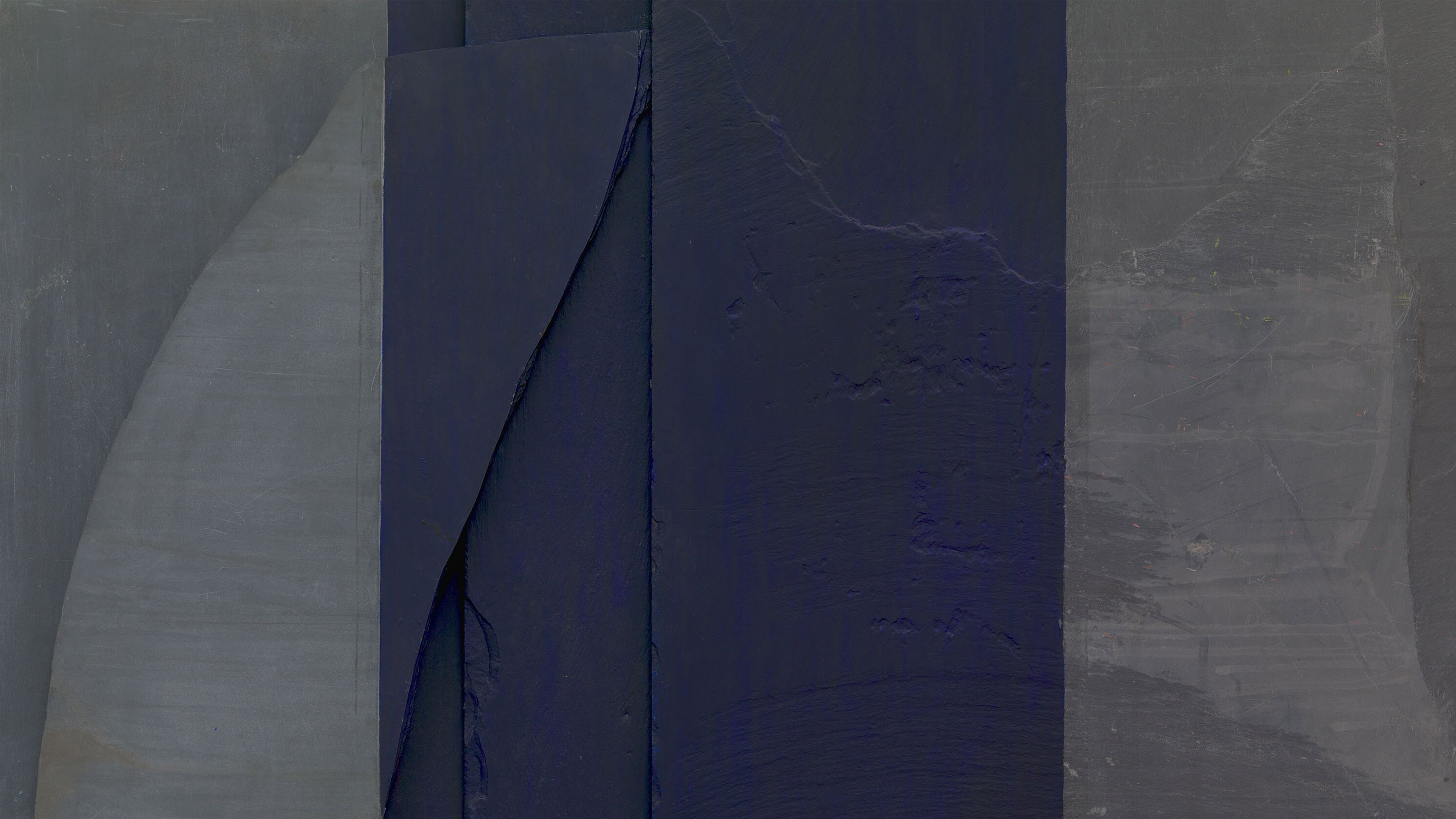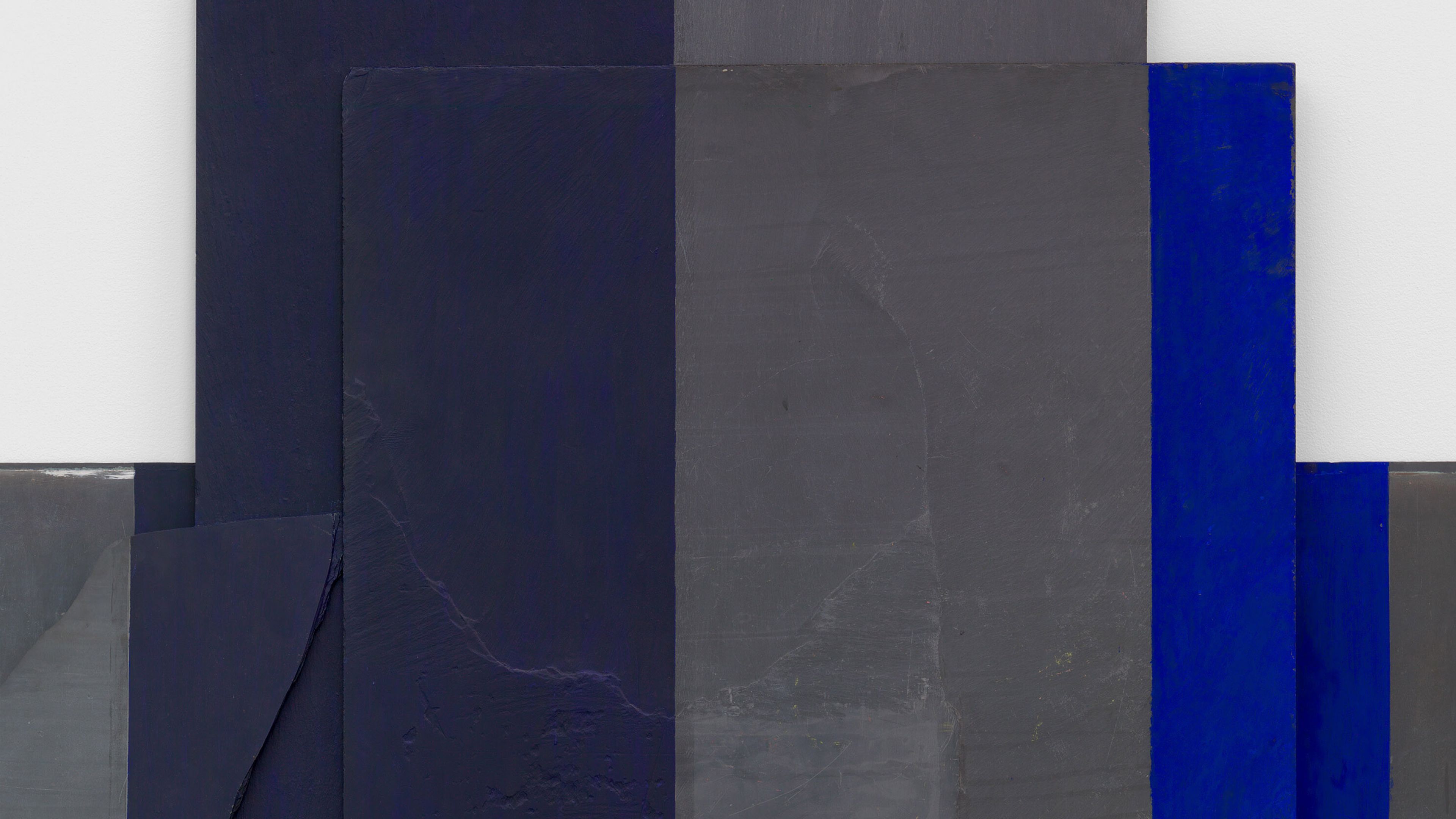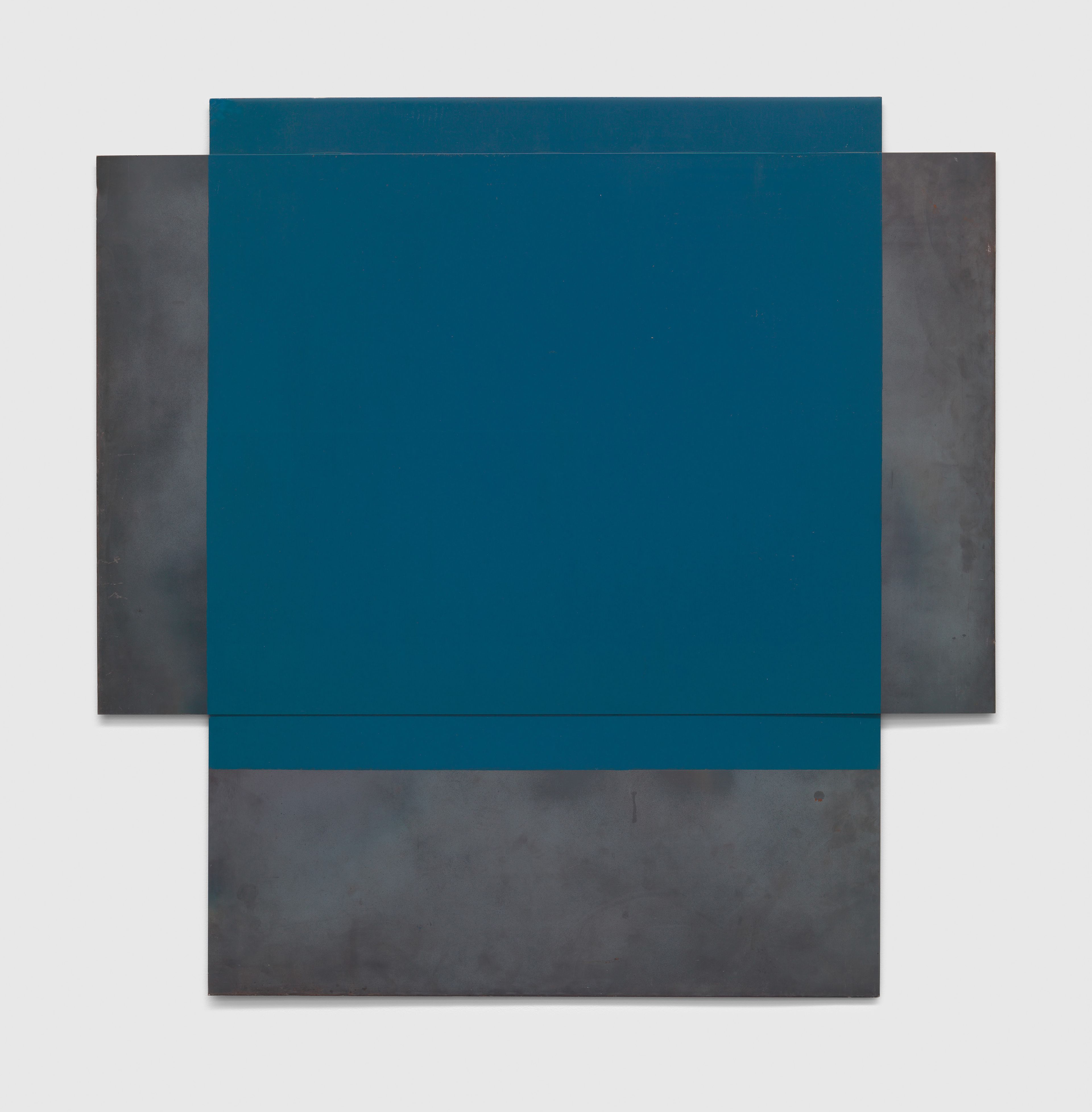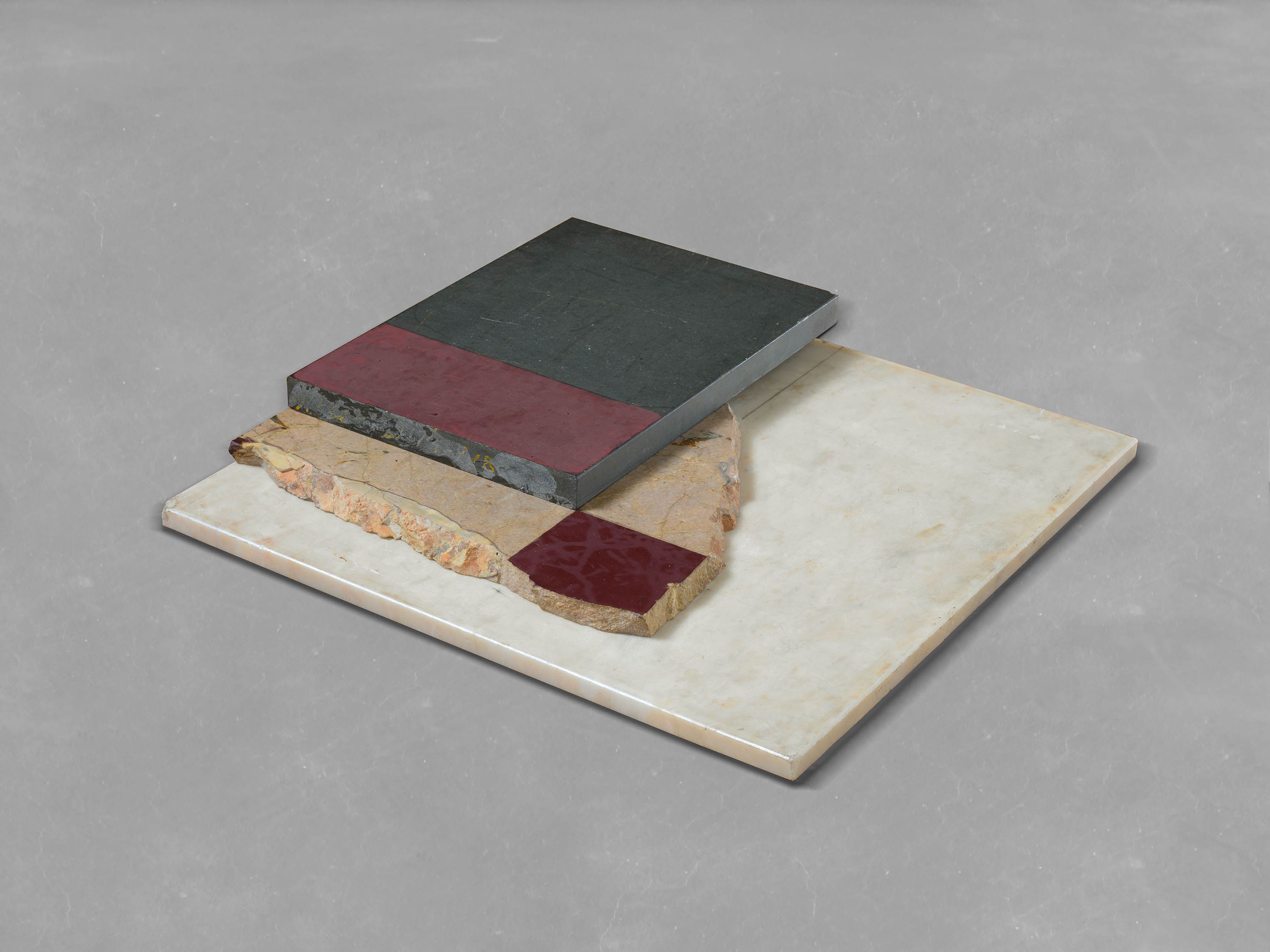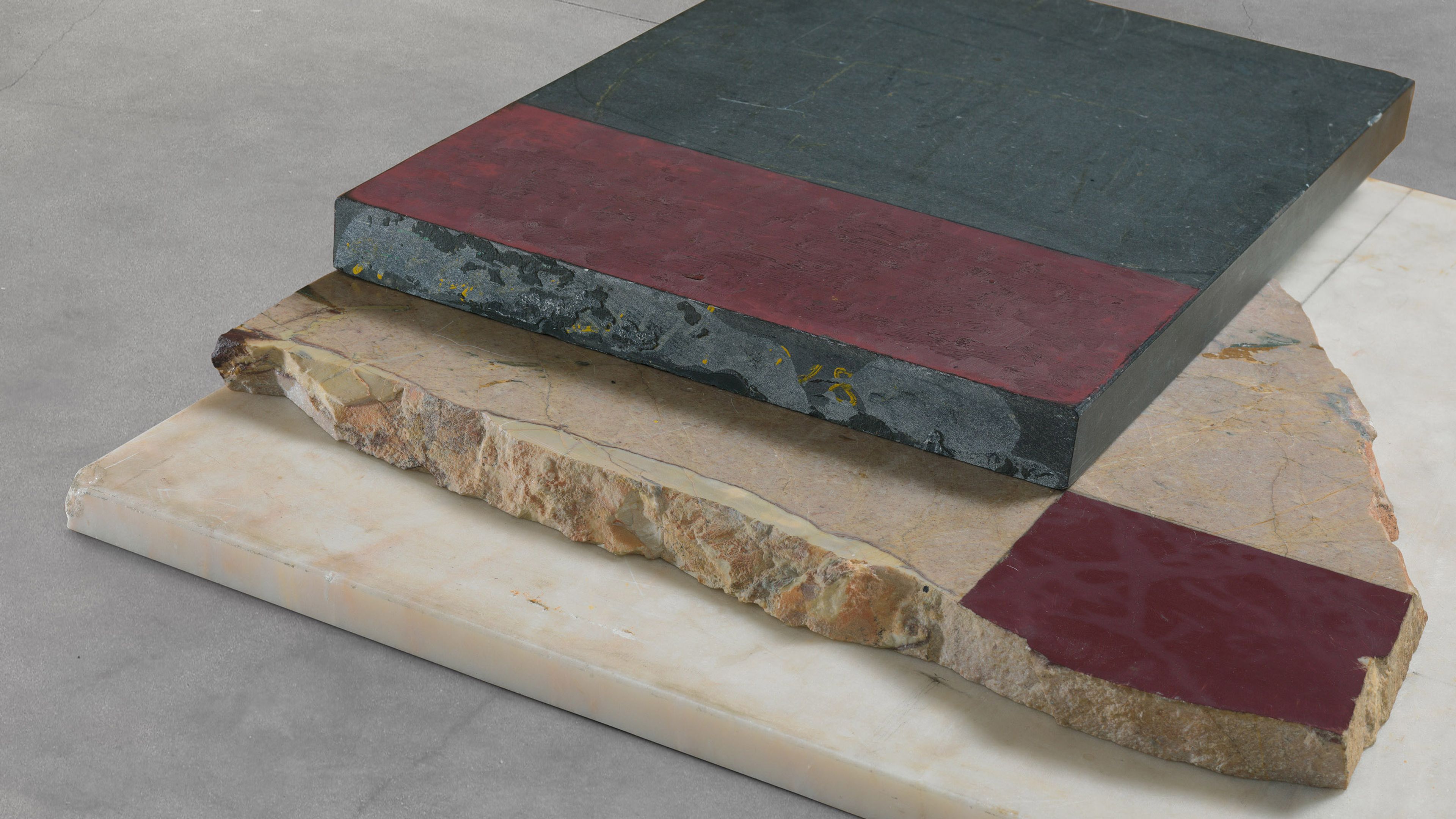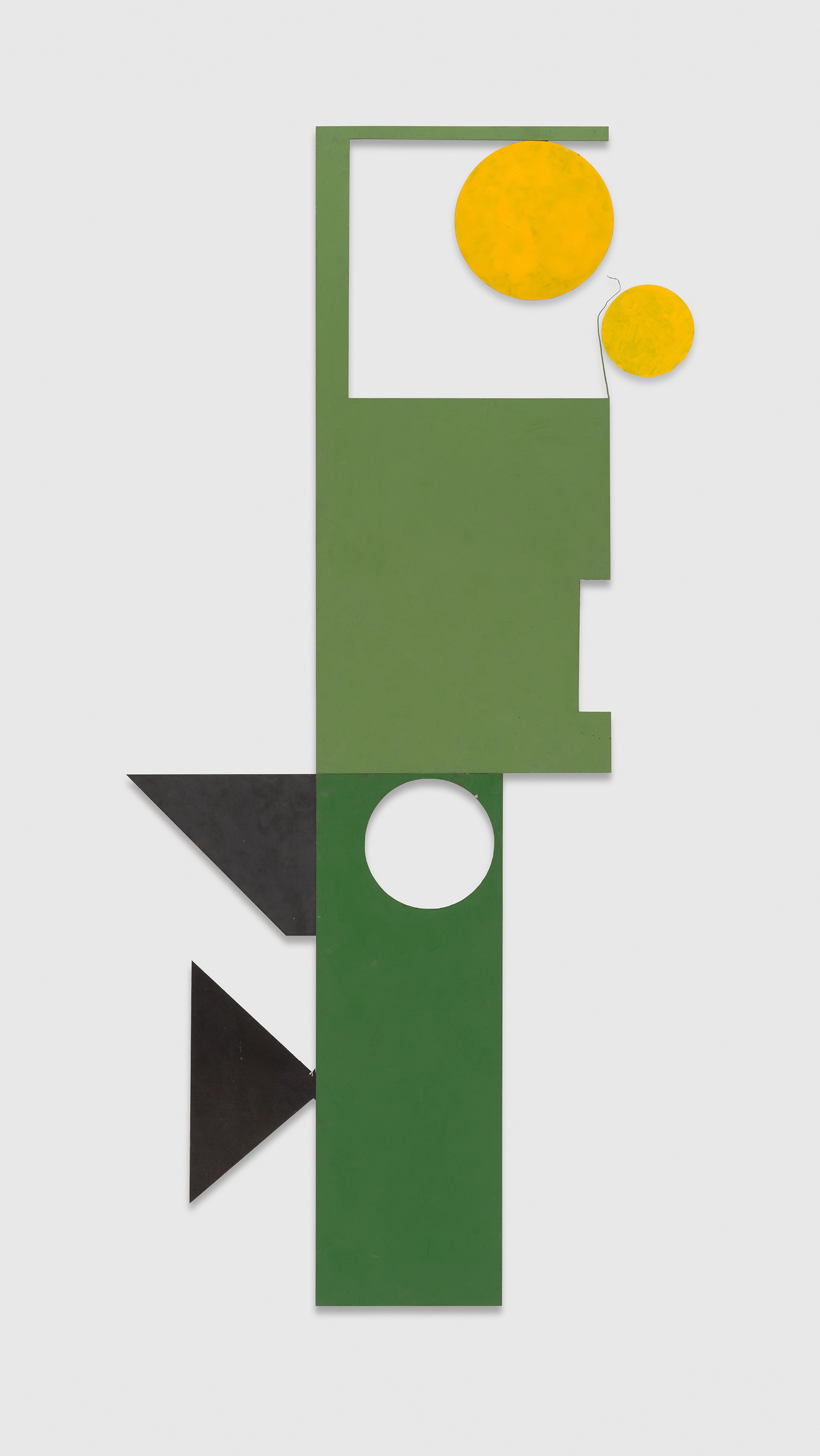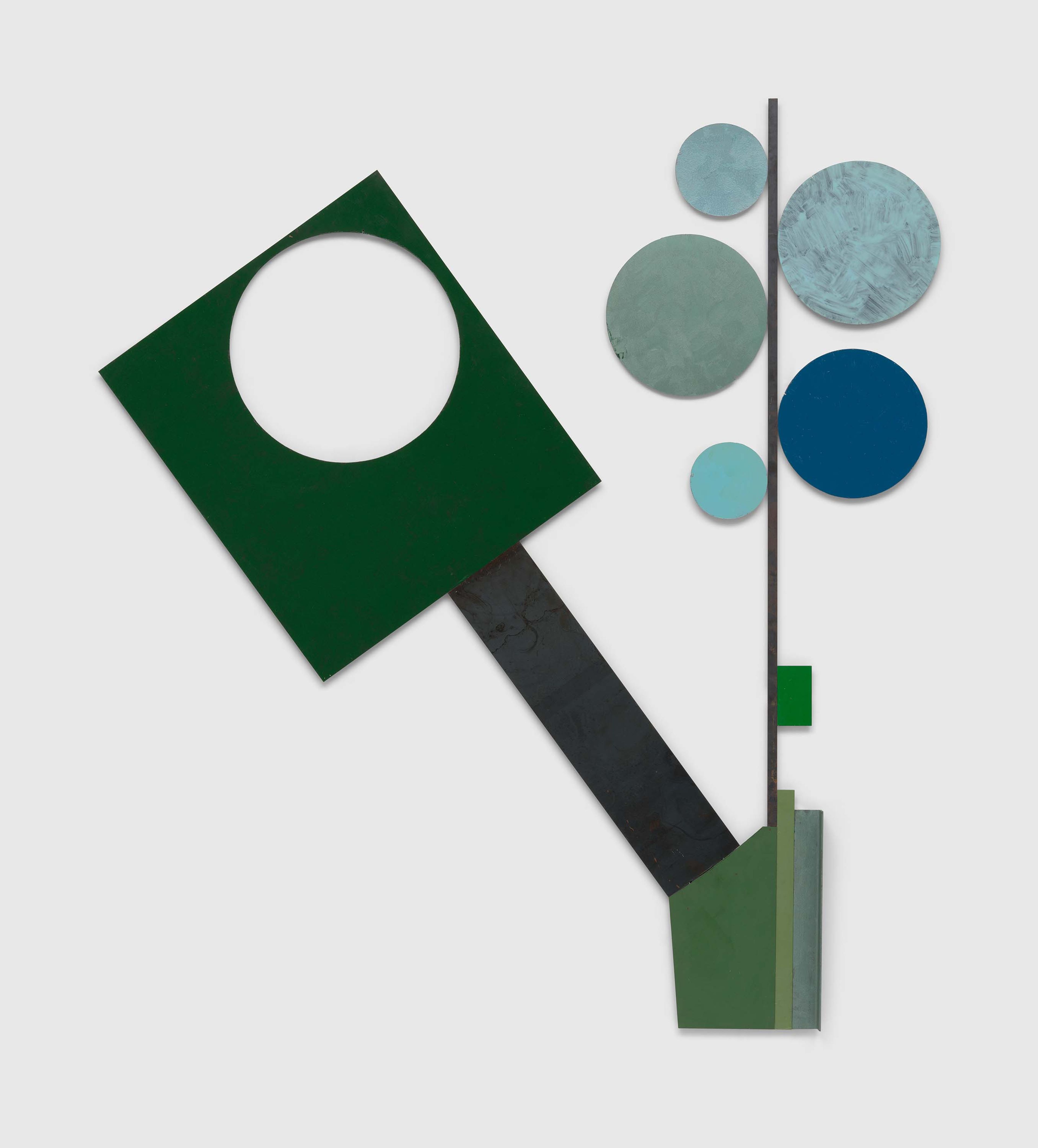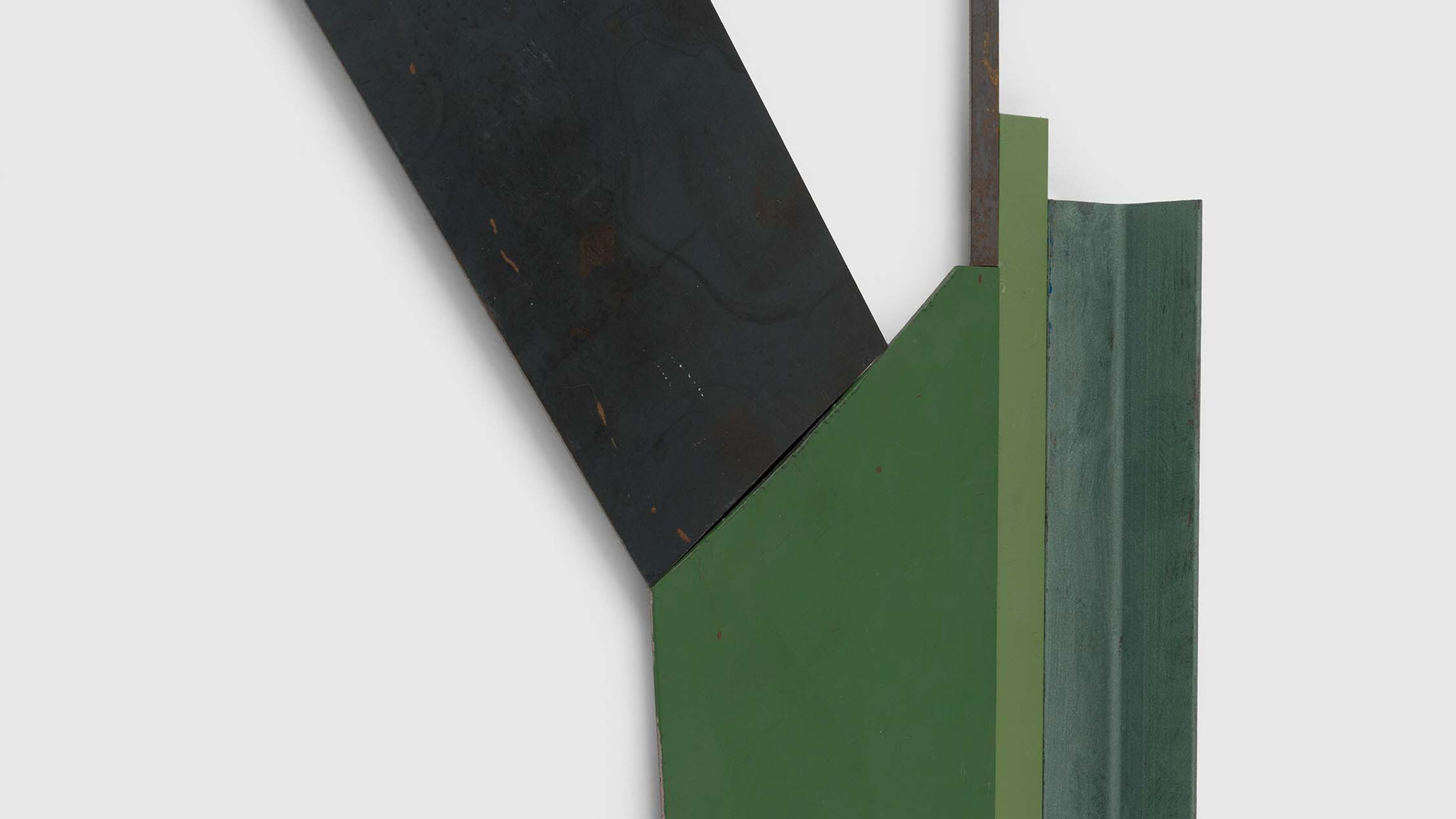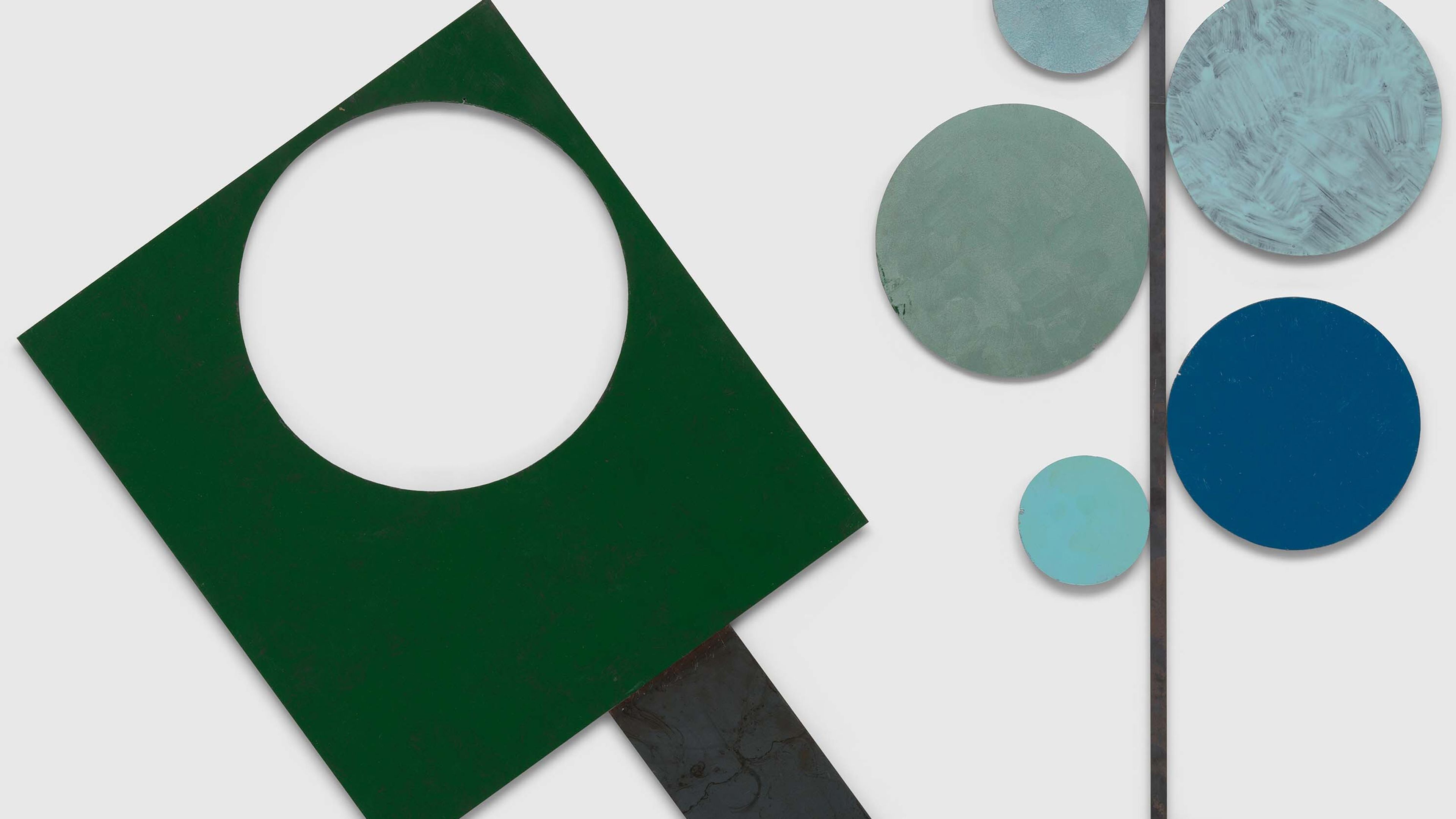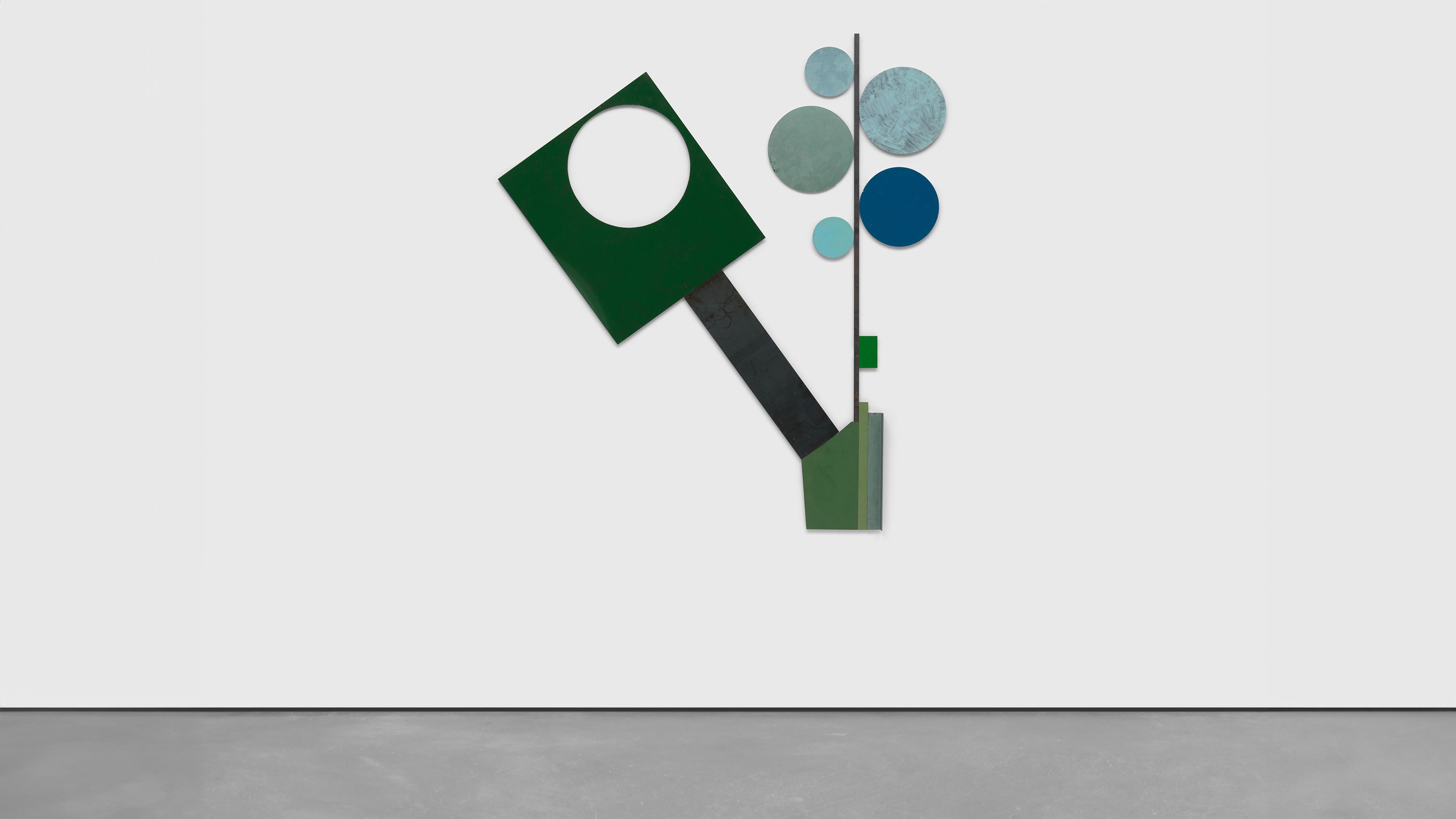Merrill Wagner: Nature

Installation view, Merrill Wagner: Nature, David Zwirner, Hong Kong, 2024
Past
May 30—August 2, 2024
Opening Reception
Thursday, May 30, 5–7 PM
Opening Reception
Thursday, May 30, 5–7 PM
Location
Hong Kong
5–6/F, H Queen’s, 80 Queen’s Road Central, Central
Hong Kong
Artist
Explore

Merrill Wagner in her studio, c. 1974. © Merrill Wagner Studio
“As artists, our obligation is a passive one: to formulate whatever insights, visions, and declarations we can. It is to share them with each other and with whoever else will listen or look.”
—Merrill Wagner, September 1982
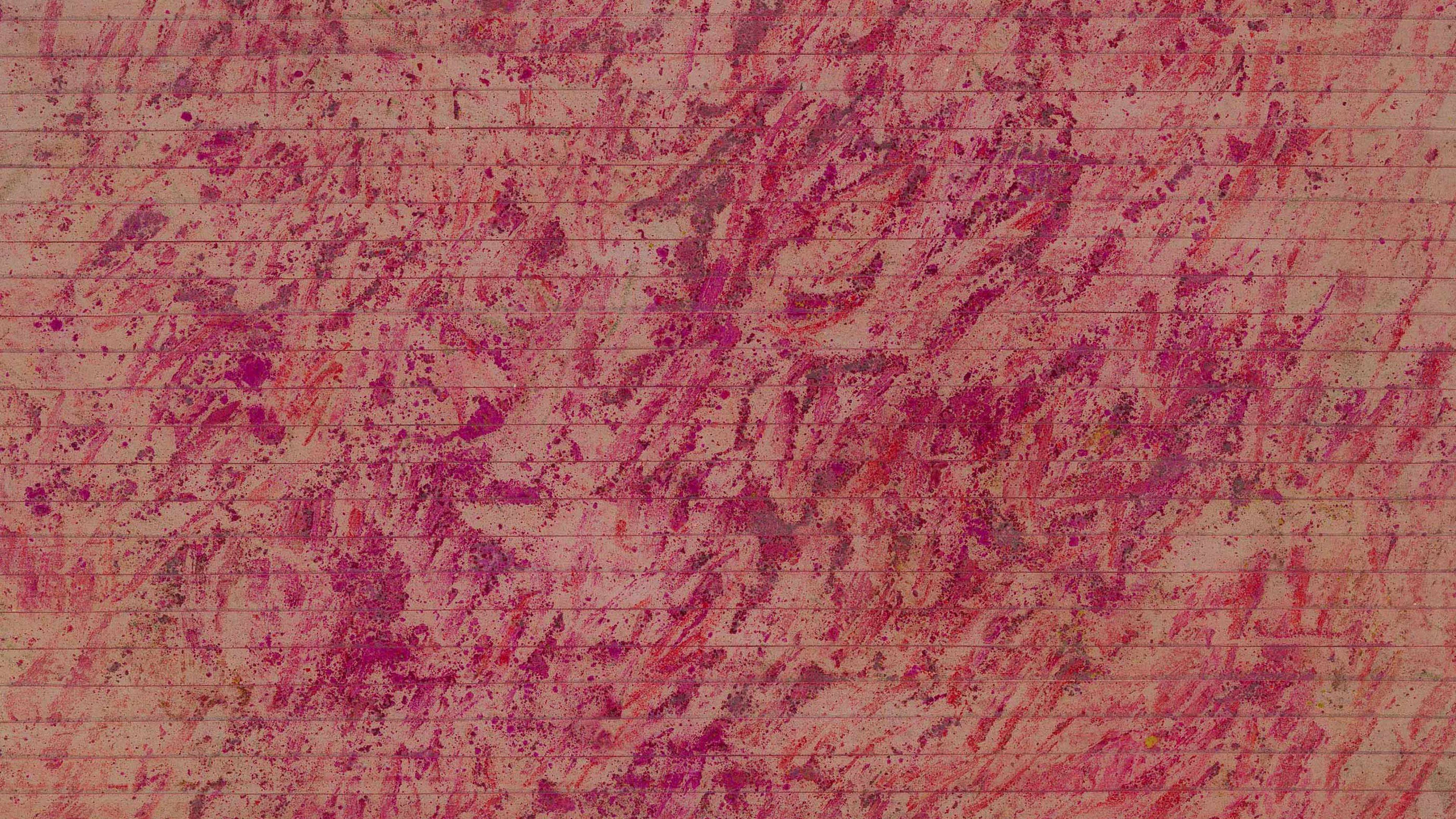
Merrill Wagner, Untitled, 1979 (detail)

Installation view, Merrill Wagner: Nature, David Zwirner, Hong Kong, 2024
“[Wagner] developed the markings she had used on the tape [in earlier works] into drawn and scribbled lines that were appropriate to the slate's original function as a chalkboard. The earliest paintings from this group recall the blackboard paintings of Cy Twombly.”
—Tiffany Bell, curator
“Wagner's natural understanding of color makes her real-time investigations of ... particular paint colors' stability over time feel somehow wryly witty.... Her proofs are clear, but the greater meaning, the real discovering, is the aesthetic experience and knowledge of the paint changing over time. The point is not the loss, but what lasts. These works reveal staying as an active, positive process.”
—Naomi Spector, writer

Installation view, Merrill Wagner: Nature, David Zwirner, Hong Kong, 2024
“There is a clear sense of form within these paintings, even geometric form, but not at all Cézannesque. The brushwork is less anxious than Cézanne and more given to a sense of harmony, not working against nature, but as in the Taoist philosophy, working with it.”
—Robert C. Morgan, art critic, historian, and curator
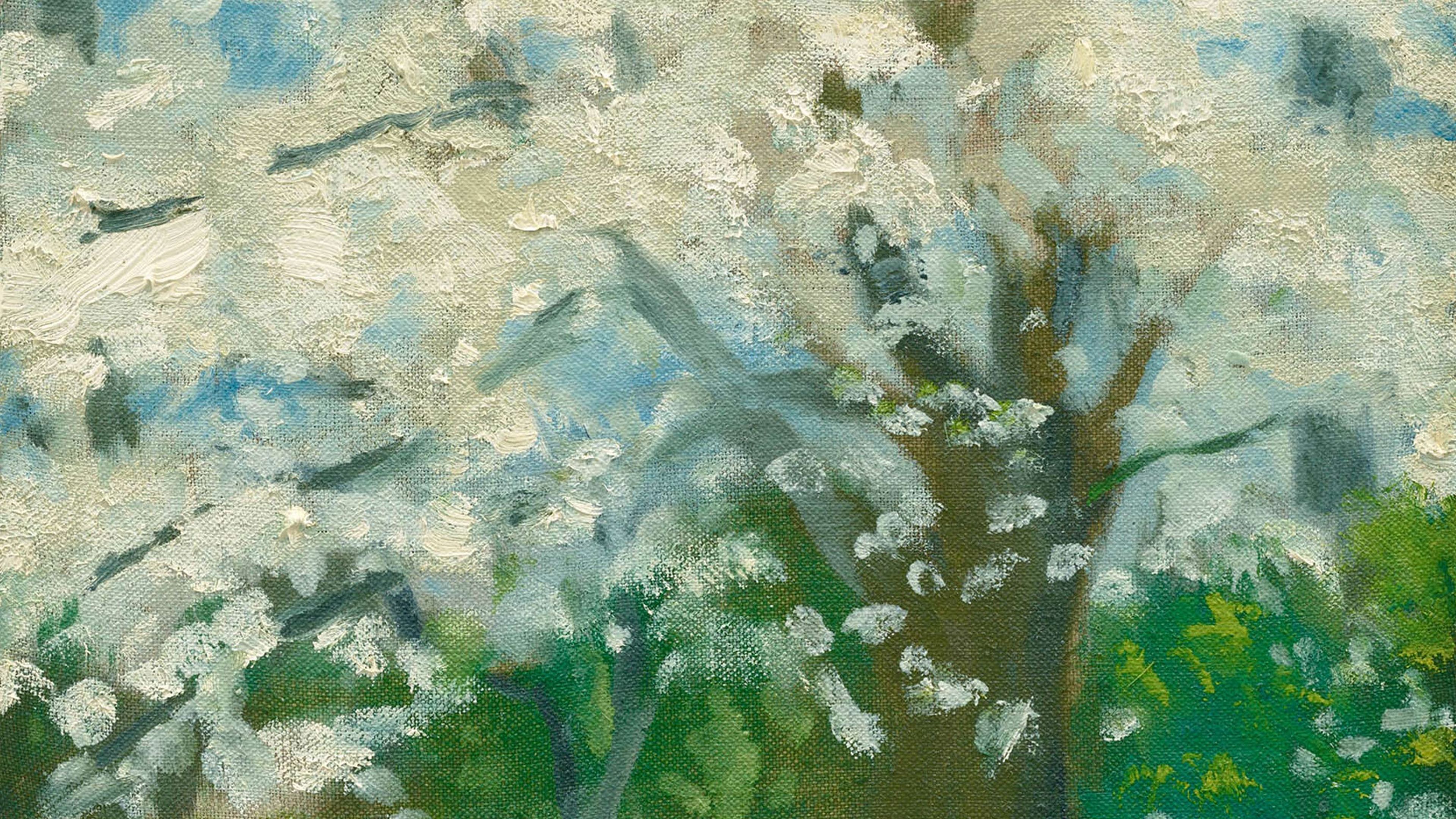
Merrill Wagner, Untitled (#4), 2010 (detail)
“These playfully assembled, freshly colored, and appealing geometric shapes evoke ... still lifes with roots in Pop Art and design and in the desire to recycle and repurpose materials. They again demonstrate her inclination toward ... combining her interest in the geometric and the natural, in sculpture, painting, and installation."
—Lilly Wei, curator and writer
“Wagner, materialist, formalist, empiricist, and poet of the given and the accidental as well as of the systematically altered, is, in this every respect, an all-American artist to the core."
—Robert Storr, artist, critic, and curator
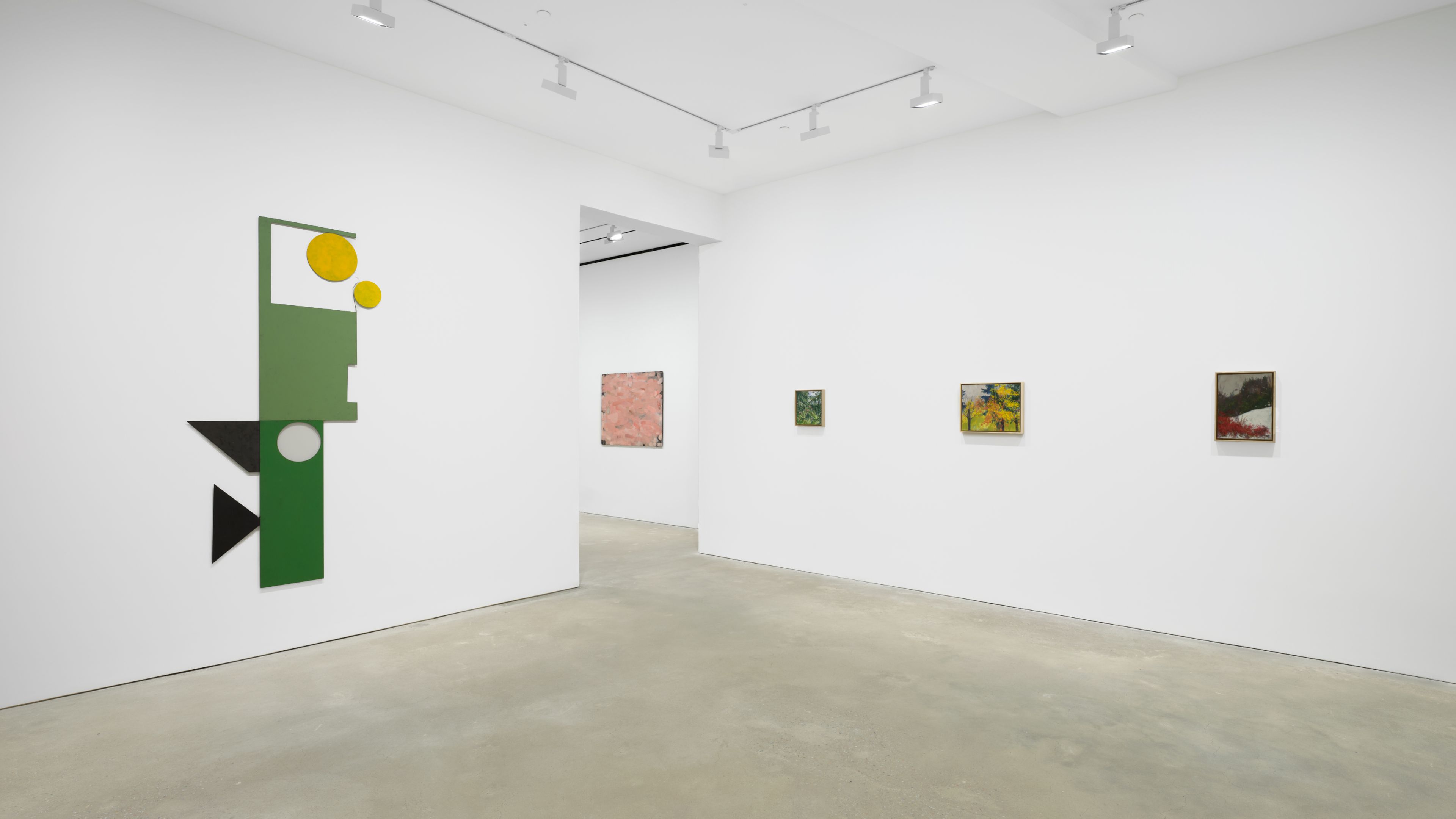
Installation view, Merrill Wagner: Nature, David Zwirner, Hong Kong, 2024
Interested in works by Merrill Wagner?




